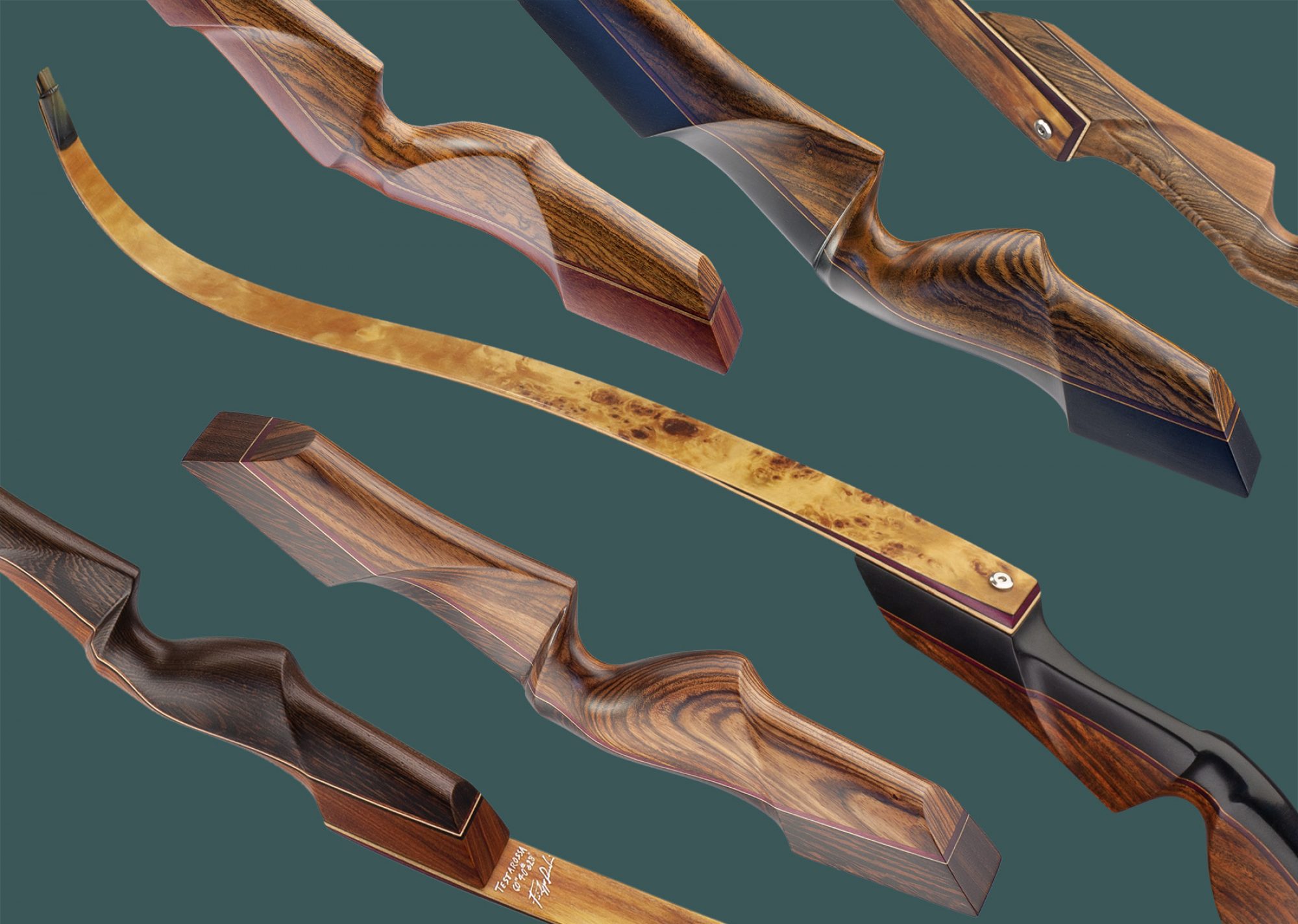The finishing and painting of a bow is also an essential process. The surface varnish must be strong and scratch-resistant but not too thick to cover the color and pores of the wood completely.
One of the most challenging problems to solve is that the grain of the wood has minimal settling over time, and the paint, much more rigid, can form small cracks that, even if they do not represent a real technical problem, are very ugly. This is why I decided to subject my risers to a “stabilization” process.
They are immersed in a very diluted two-component resin where the air contained inside the wood fibers is extracted by a high-vacuum pump.
The air extracted in this way is a lot, and it’s replaced by resin, making the wood much more stable and durable.
This short video gives an idea of how much air is extracted; the process takes a very long time.
At the end of the treatment, the riser is left to dry, re-sanded for the painting room, where it receives three coats of two-component satin uratain paint.
The final result is a finish that respects the aesthetic characteristics of the wood, resists scratches quite well, and keeps the riser solid and sturdy over time.

